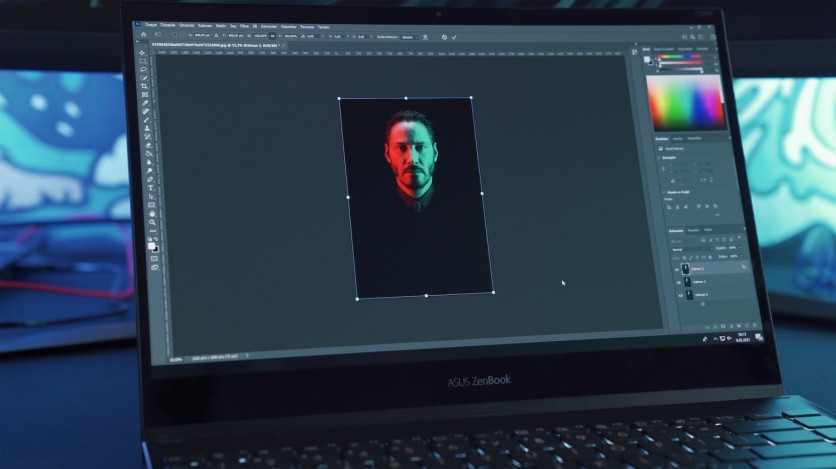
Adobe introduced a new artificial intelligence (AI) tool called Firefly, which would enable users to write instructions to instantly modify graphics.
How Does It Work?
For its debut model, Firefly has prioritized visual and textual effects production. For instance, in one of its promotional videos, Adobe demonstrated its "Generate Variations" feature.
In the demonstration video, as reported by CNBC, Adobe Firefly is used to emphasize a certain aspect in a multilayered piece of art (which is a lighthouse) and then utilizes AI to produce variants of the lighthouse.
Adobe also provides a presentation showing how a user may snap a photo of a summer setting and then, by just typing "change scene to a winter day," have the picture automatically transformed into a winter backdrop.
Firefly uses generative AI to build a paintbrush based on something existing in a picture, allowing the user to make instantaneous changes to the photo or image they are editing.
The release of this new product from Adobe marks a watershed moment for the company and for the field of AI as a whole. In September 2022, the firm paid $20 billion to buy the design tool Figma, promising to merge functionality from other products into Figma.
According to Adobe, Firefly will first roll out in private beta.
Integrating Generative AI
According to The Verge, Adobe intends to include its new generative features in its products and services in the future.
Photoshop will include AI-generated outpainting, Illustrator will be able to create vector versions from hand-drawn drawings, and Premiere will allow you to color grade or restyle a picture with only an image suggestion.
These are only some of the examples that Alexandru Costin cites as being in development at Adobe. The firm does not, however, provide estimates for when these features will be made available. Costin is the vice president of generative AI and Sensei at Adobe.
Moreover, Adobe plans to include a potentially divisive element in Photoshop: the ability for artists to train the system using their own work so that the program may produce results more indicative of the artist's style.
Ethical Dilemmas
After the launch of OpenAI's ChatGPT, which caused a sensation, investment in AI has increased. It is worth noting that OpenAI and another AI company, Stable Diffusion, both provide generative AI picture solutions.
Concerns about ethics have been a stumbling block for newly developed AI capabilities. Problems with ChatGPT and competing products stem from a tendency for their models to "hallucinate" data that seems logical at first glance but turns out to be false.
Concerns have been voiced concerning the potential for imaging technologies like DALL-E and Stable Diffusion to take artist material, regenerate it, and show it without proper attribution or authorization.
Adobe has said that artists will have the opportunity to profit from their talents and creativity and secure their work with the help of Firefly.

![Apple Watch Series 10 [GPS 42mm]](https://d.techtimes.com/en/full/453899/apple-watch-series-10-gps-42mm.jpg?w=184&h=103&f=9fb3c2ea2db928c663d1d2eadbcb3e52)



